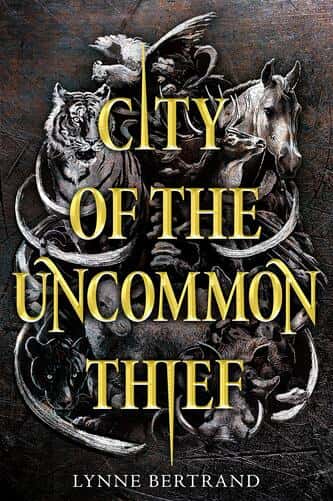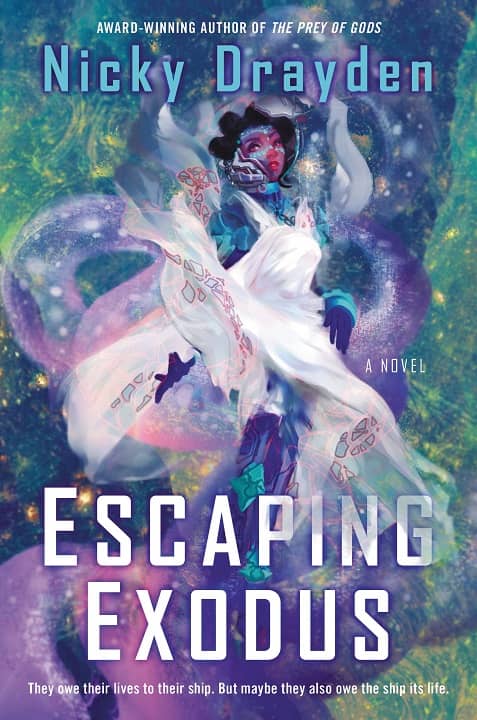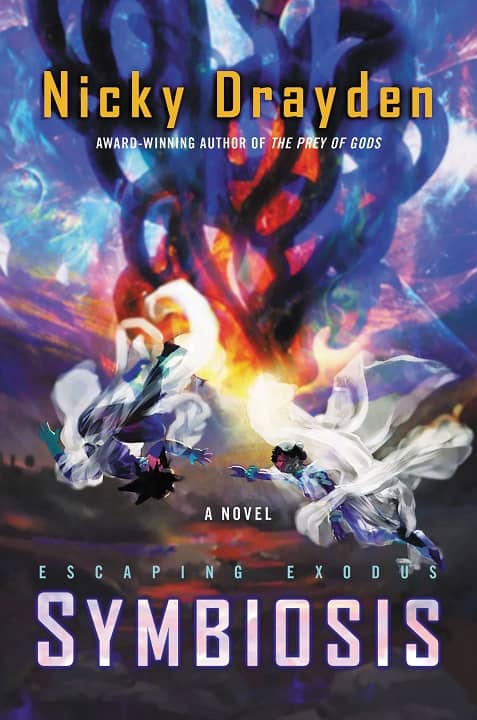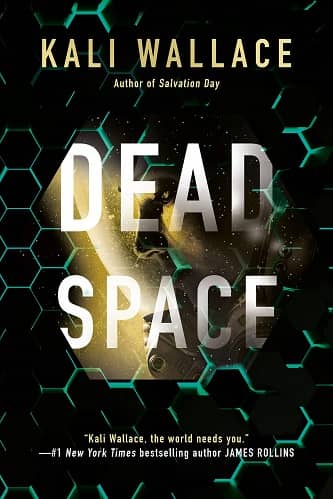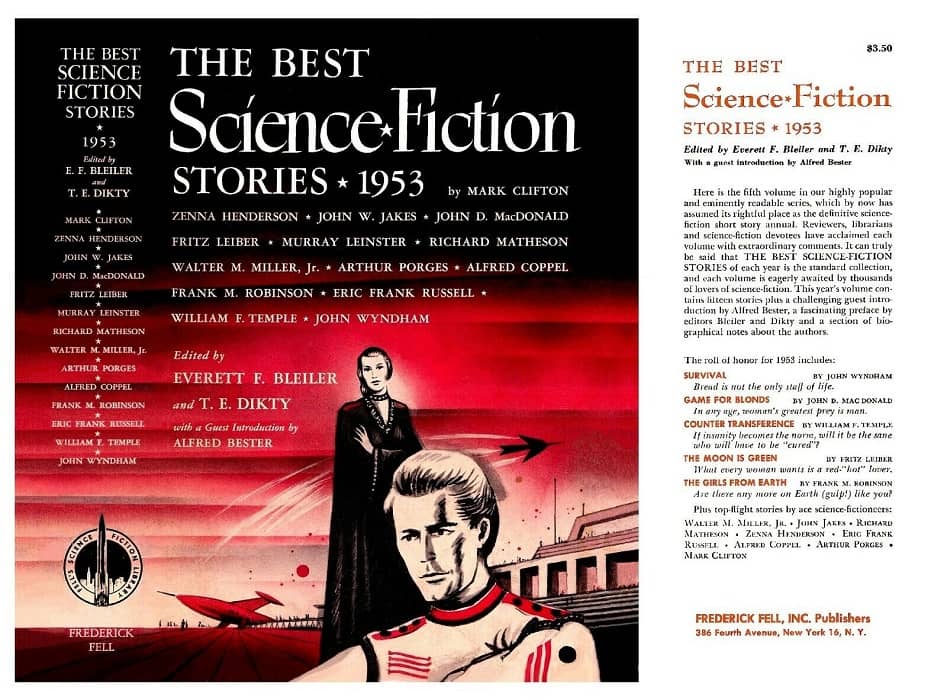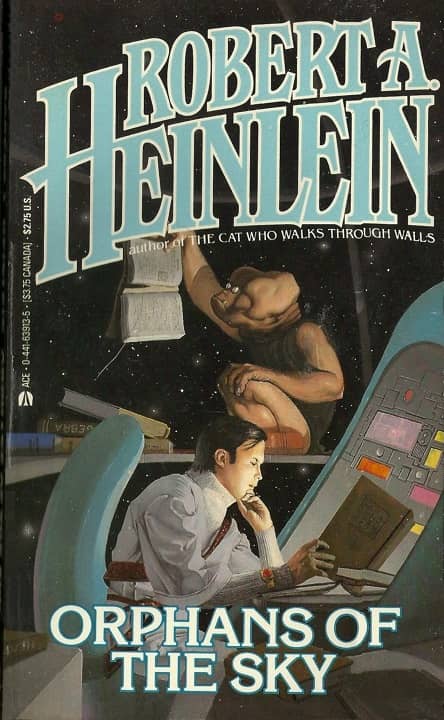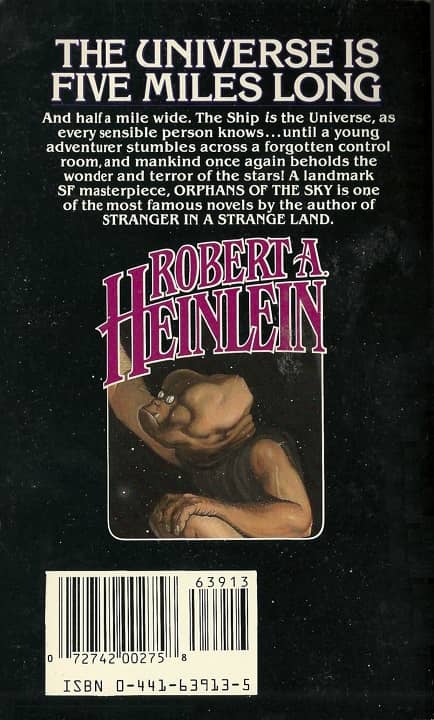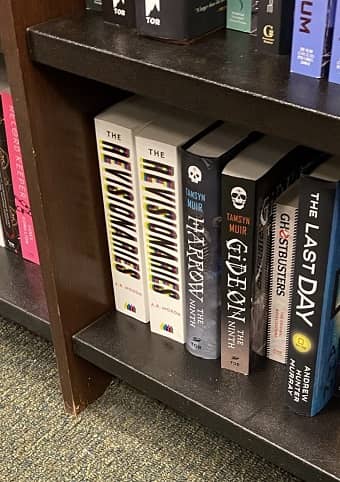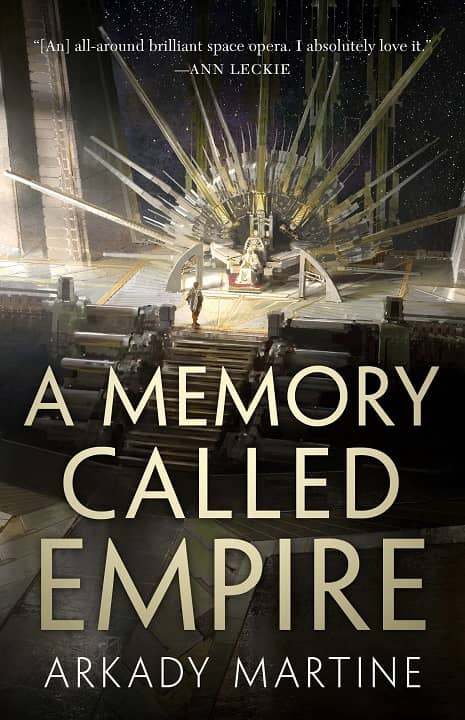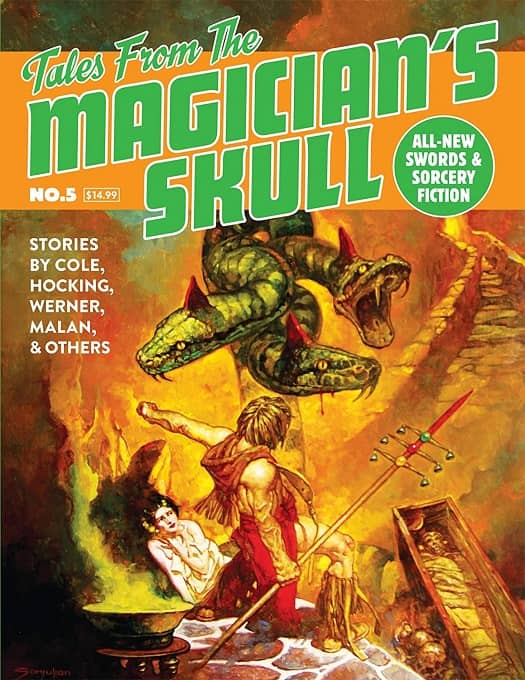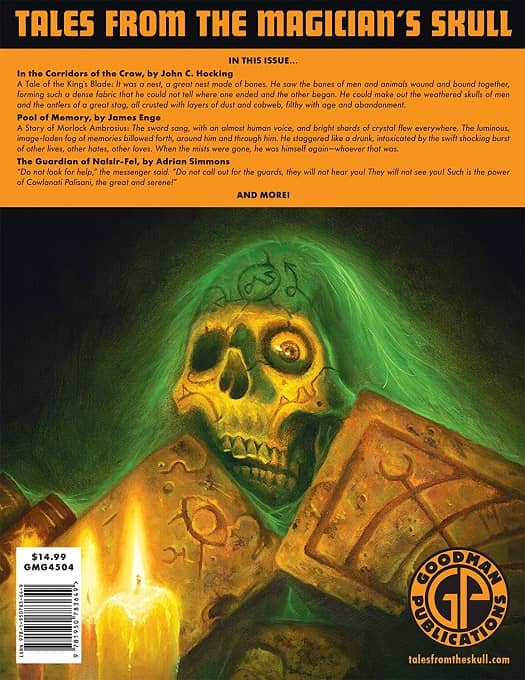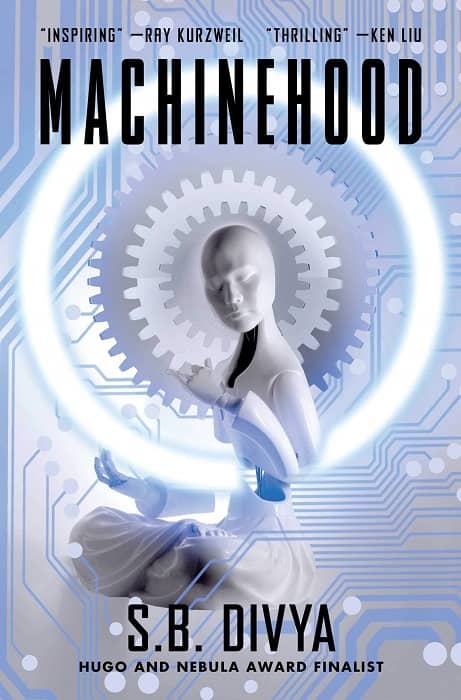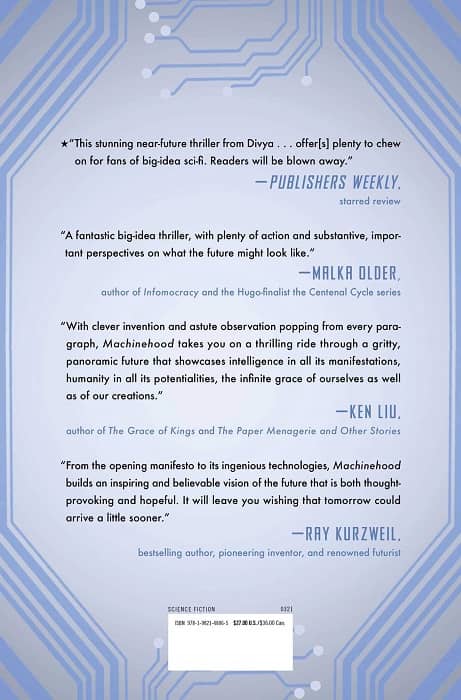Vintage Treasures: The Space Barbarians by Tom Godwin
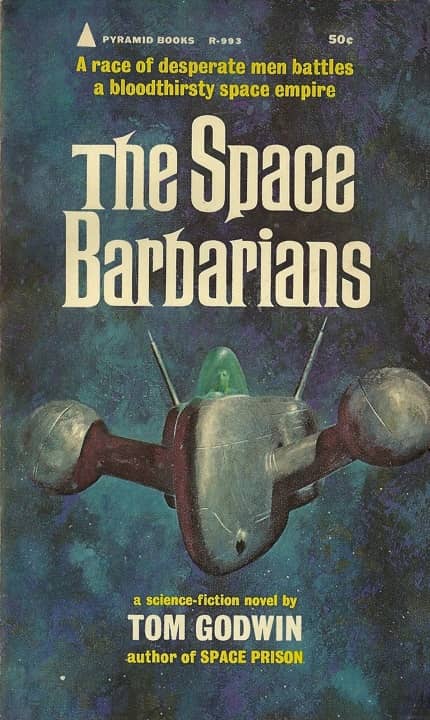 |
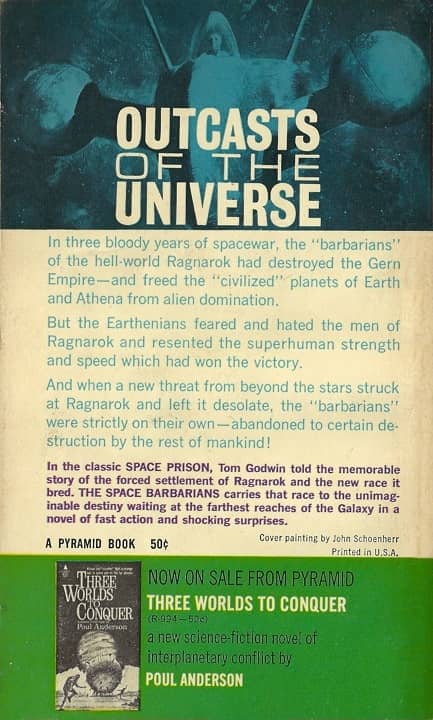 |
The Space Barbarians, by Tom Godwin (Pyramid, 1964). Cover by John Schoenherr
Tom Godwin is something of a tragic figure in SF. He’s remembered today for a single short story which remains hugely influential. Here’s the third and fourth sentence of his Wikipedia entry:
He is best known for his short story, “The Cold Equations.” Published in 1954… [its] controversial dark ending helped redefine the genre.
That’s not an exaggeration. “The Cold Equations” is still sparking conversations today, nearly 70 years after it was written. (I noticed Mark Kelly kicked off a lively discussion in Facebook’s Best Science Fiction and Fantasy Short Fiction group just last week by asking “Can anyone recall specific fictional responses to Tom Godwin’s “The Cold Equations”?” Last time I looked there were 35 responses from Rich Horton, Sheila Williams, Piet Niel, and many others).
Godwin wrote three novels, beginning with Space Prison (1958) and its sequel The Space Barbarians (1964). The former has a much better reputation with modern readers, although it’s the second book which interests me today. Here’s another tidbit of history from Wikipedia:
Godwin had a spinal disorder known as Kyphosis, which results in a curvature of the spine, making him appear hunchbacked… In the early 1960s, Godwin was living in a remote area of northwestern Arizona with his father writing and making his own drywashers to sell. It was in the summer of 1961 that he met his future wife, Laureola Godwin, and then twelve-year-old step-daughter who he later adopted, Diane Godwin Sullivan, through the sale of one of his drywashers. He went on to base two of the main characters in his second novel, The Space Barbarians, after them.
After Laureola Godwin died, Tom Godwin lost his lifelong battle with alcohol. He died in a Las Vegas hospital in 1980 without any identification; Diane Godwin Sullivan eventually had to identify his body after it was held at a funeral home for a long period.
